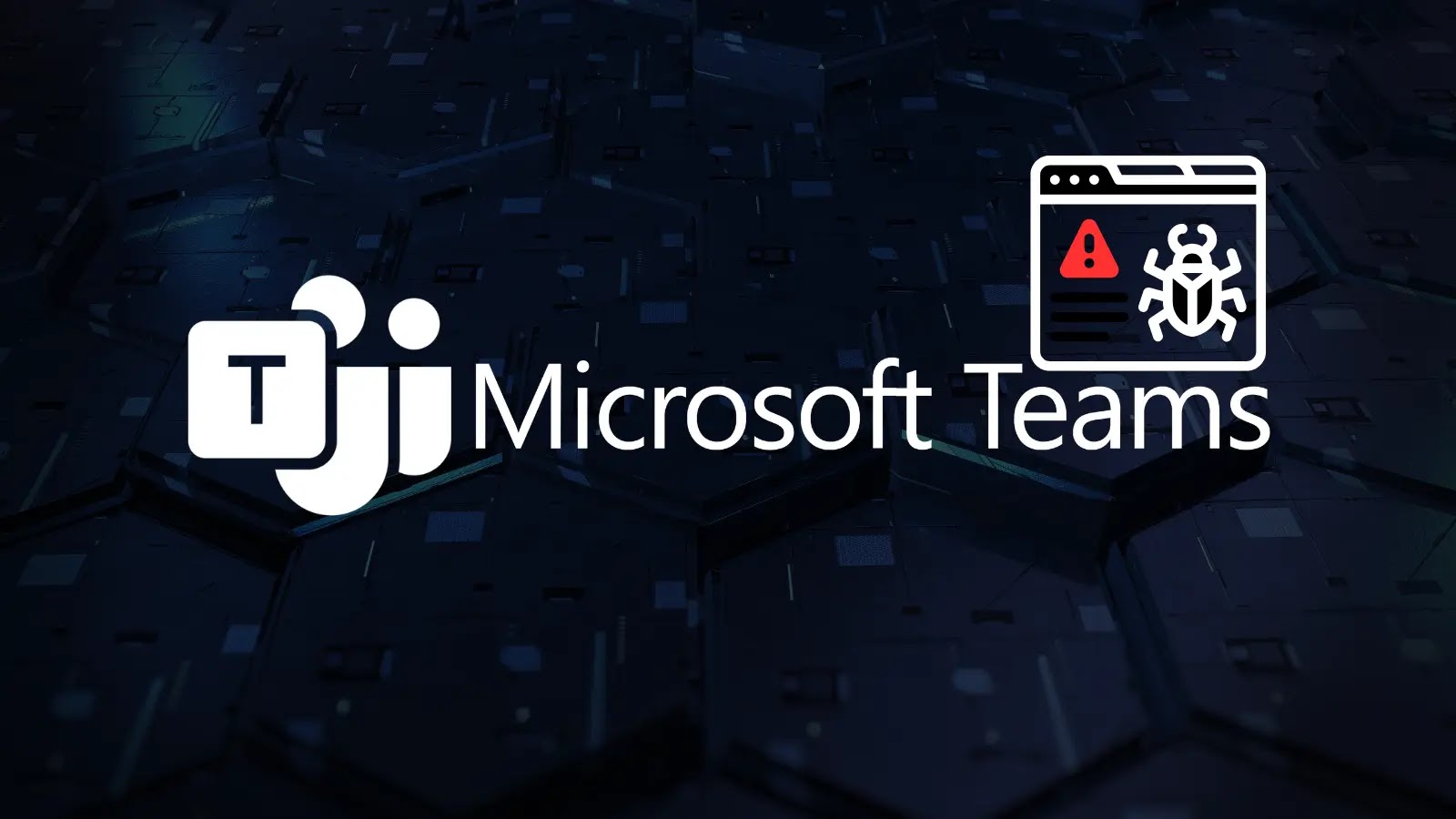
Microsoft Disrupted Vanilla Tempest Attack by Revoking Certificates Used to Sign Fake Teams File
In a significant win against a sophisticated cyber threat, Microsoft recently announced a decisive action that has effectively blunted the ongoing operations of the notorious hacking group known as Vanilla Tempest. By revoking over 200 digital certificates, Microsoft disrupted a pervasive campaign that leveraged fake Microsoft Teams installations to gain illicit access to corporate networks, ultimately leading to ransomware deployment.
This incident underscores the dynamic and evolving tactics employed by threat actors, who continually seek new avenues to exploit trust and legitimate infrastructure. For IT professionals and security analysts, understanding the nuances of this attack and Microsoft’s response is crucial for bolstering organizational defenses.
Understanding Vanilla Tempest’s Modus Operandi
Vanilla Tempest, a threat actor group previously associated with financially motivated cybercrime, has displayed a consistent pattern of targeting organizations for data exfiltration and ransomware deployment. Their recent campaign involved a particularly insidious tactic: impersonating official Microsoft Teams installations.
Threat actors often rely on social engineering and deceptive appearances to bypass initial security layers. In this case, by crafting seemingly legitimate Microsoft Teams files, Vanilla Tempest aimed to trick users into executing malicious code, believing they were simply installing or updating a common business application.
The core of this particular attack vector relied on compromised digital certificates. These certificates, usually issued by trusted Certificate Authorities (CAs), are used to digitally sign software, assuring users of its authenticity and integrity. Vanilla Tempest acquired or generated these fraudulent certificates, allowing their malicious Teams installers to appear as legitimate, signed software. This significantly lowers suspicion, making it easier for their malware to evade detection by endpoint security solutions that might otherwise flag unsigned or suspicious executables.
The Critical Role of Certificate Revocation
Microsoft’s response highlights a powerful, albeit often underutilized, defense mechanism: certificate revocation. When a digital certificate is compromised, misused, or found to be fraudulent, it can be revoked by the issuing Certificate Authority or, as in this case, by the entity whose brand is being impersonated (Microsoft). Revoking a certificate renders it invalid, preventing it from being used to sign new software and alerting systems that attempt to validate its signature.
By identifying and revoking over 200 such certificates, Microsoft effectively pulled the rug out from under Vanilla Tempest’s operations. Any software signed with these now-revoked certificates would be immediately flagged as untrusted by operating systems and security software that perform certificate validation checks. This action significantly hampers the group’s ability to continue their campaign using the same fraudulent signing methods, forcing them to re-evaluate and invest in new attack infrastructure.
Implications for Enterprise Security
This incident serves as a stark reminder of several critical aspects of enterprise cybersecurity:
- The Importance of Software Trust: Simply seeing a signed executable is no longer a guarantee of safety. Organizations must implement robust endpoint detection and response (EDR) solutions that go beyond basic signature validation to analyze behavior.
- User Education Remains Paramount: Even with advanced technical controls, human vigilance is crucial. Employees must be trained to recognize phishing attempts, scrutinize software origins, and report suspicious activities. Never install software from untrusted sources, even if it appears to be a common application.
- Supply Chain and Third-Party Risk: While not directly a supply chain attack in the traditional sense, this type of impersonation highlights how threat actors exploit trust relationships. Organizations must verify the legitimacy of all software and updates, particularly those downloaded outside of official vendor channels.
- Proactive Threat Intelligence: Staying informed about evolving threat actor tactics, such as those used by Vanilla Tempest, is essential for preemptive defense planning.
Remediation Actions and Best Practices
To protect against similar certificate-based attacks and sophisticated impersonation campaigns, organizations should implement the following:
- Implement Application Whitelisting/Control: Utilize solutions that only permit approved applications to run on endpoints. This significantly reduces the risk of malicious software, including fake Teams installers, from executing.
- Strengthen Endpoint Detection and Response (EDR): Deploy EDR solutions capable of behavioral analysis and anomaly detection to identify suspicious processes, even if they are signed with a seemingly valid certificate.
- Regularly Update & Patch Systems: Ensure all operating systems, applications, and security software are kept up-to-date. This includes ensuring your Certificate Trust List (CTL) is current so that revoked certificates are recognized.
- Enhance Email and Web Security Gateways: Implement advanced threats protection (ATP) for email and web traffic to filter out phishing attempts and block access to malicious download sites.
- User Awareness Training: Conduct regular security awareness training, focusing on identifying phishing emails, suspicious download links, and the importance of verifying software sources. Emphasize never to download or install software from unofficial sites.
- Certificate Monitoring: For organizations that issue their own certificates or rely heavily on specific CAs, implement monitoring for suspicious certificate issuance or signs of compromise.
Conclusion
Microsoft’s swift action in revoking over 200 digital certificates used by Vanilla Tempest represents a critical intervention in the ongoing battle against ransomware and sophisticated cybercrime. This incident underscores that threat actors will continuously adapt their methods, increasingly leveraging legitimate-looking infrastructure and trust mechanisms to achieve their goals. For organizations, the key takeaway is the necessity of a multi-layered security strategy that combines advanced technical controls, rigorous user education, and proactive threat intelligence to stay ahead of evolving threats.





